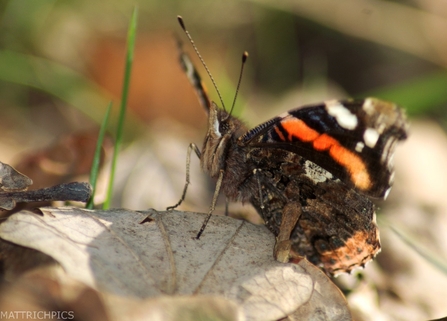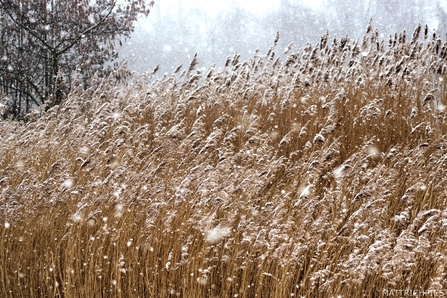As part of the amazing Wild Talent trainee programme run by London Wildlife Trust, this year I completed work placements at two other wildlife conservation organisations. Both gave me great experiences and new skills that I can take into my future career in conservation.
The first was with Lee Valley Regional Park Authority (LVRPA) in east London. The Lea Valley Regional Park is 42km miles long and more than 4,000 hectares in size - four times bigger than Richmond Park. It was created by a unique Act of Parliament as a “green lung” for London, Essex and Hertfordshire, starting in Ware and ending at the East India Docks. It is hugely important for migrating birds and one of its most popular wildlife spots is the recently-opened Walthamstow Wetlands, managed by London Wildlife Trust.
I starting my LVRPA placement at the Waterworks Centre in Leyton. We met the conservation team and had a brief talk about the history of the site, the rapid expansion of London, and the outbreak of cholera which prompted the building of the Waterworks and the adjacent Middlesex Filter Beds in 1852.
Because of the size of the site and the large amounts of water bodies there is unfortunately a big problem with fly tipping in the Lea Valley. This was evident during the previous couple of weeks, when the team had spent hours collecting as much as possible and storing the waste in the tool yard, which needed to be sorted out into relevant piles. We found mopeds, shopping trollies, fridges, sofas; these are not only massive eyesores but they are hugely damaging to the environment, leaking hazardous chemicals into waterways and adding to huge problem of plastic pollution.



